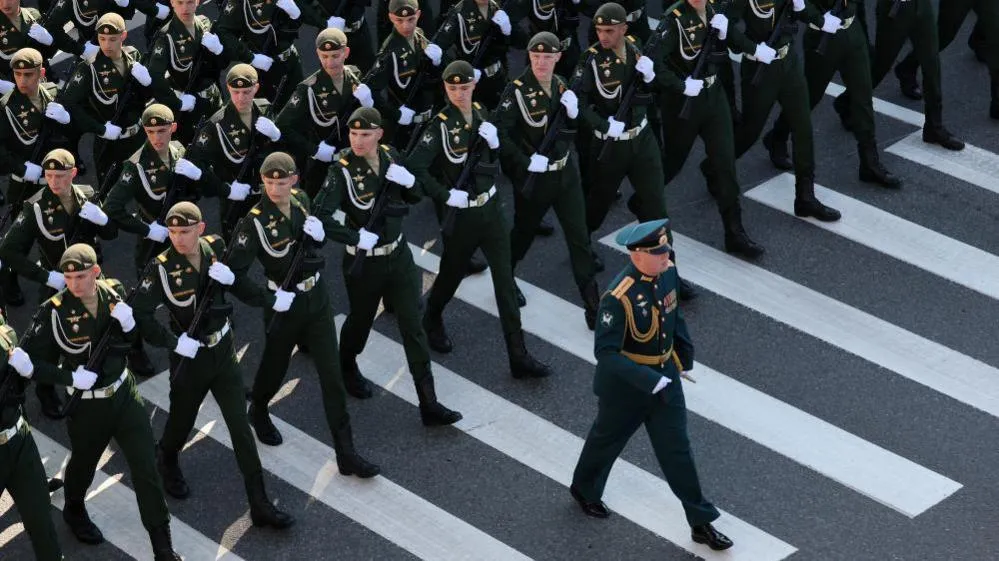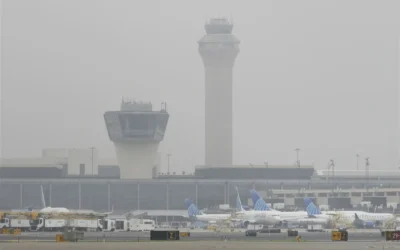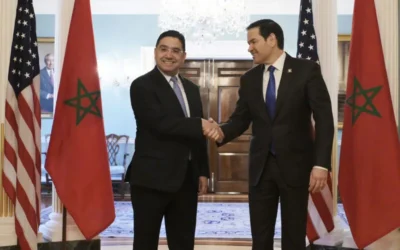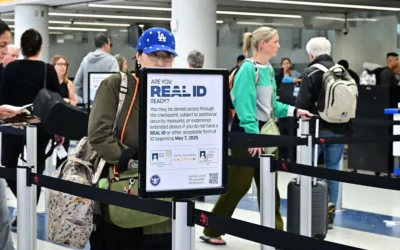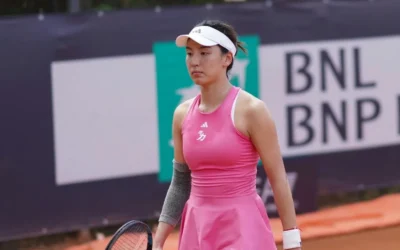Putin Hosts Victory Day Parade with Tight Security
Every year, the Russian Federation holds its Victory Day parade, commemorating the defeat of Nazi Germany in World War II. This event usually showcases Russia’s military prowess and is an occasion for national pride. However, the recent parade, held on May 9, 2023, in Moscow, marked a turning point for both a proud tradition and the current geopolitical climate. With heightened security measures and a tenuous ceasefire in Ukraine, this year’s celebrations brought forth mixed emotions and stark reflections on the state of Russia today.
Strict Security Measures Reflecting Domestic and Global Tensions
The 2023 Victory Day Parade was marked by unprecedented security measures, involving thousands of police officers strictly monitoring the event, as well as armed military personnel stationed throughout central Moscow. This was not just a precaution; it was a response to growing domestic unrest and heightened fears of potential threats from outside.
Local sources reported that several streets were completely shut down, and the Russian government deployed drones to monitor the gathering crowds. The Kremlin’s decision to impose such robust security protocols can be viewed through the lens of its ongoing conflict with Ukraine. It signals a need to maintain control in a nation where public dissent is increasingly significant; the voices of opposition and discontent are harder to silence.
Ceasefire or Pretext: A Brief Respite
In the days leading up to the parade, Russian authorities declared a brief ceasefire in Ukraine, ostensibly for the purpose of allowing civilians to evacuate combat zones. However, many analysts viewed this gesture as a short-term strategy to divert international criticism during a time of heightened showcase. Skepticism regarding the ceasefire’s sincerity was echoed by various global observers who pointed out that such pauses in hostilities are often tactical, aimed at providing a façade of peace and humanitarian concern.
Russia’s False Euphoria: A Distant Memory
The atmosphere during the parade was tepid. In previous years, crowds would swell with enthusiasm and pride, but this year’s response appeared muted. The Russian state media aimed to cast a shadow of triumph, projecting images of unity and strength; however, the lack of enthusiasm contrasted sharply against such narratives of false euphoria. This sentiment came amid the stark realities of military setbacks, rampant inflation, and growing isolation from the West.
While President Putin stood before massed crowds, delivering impassioned speeches about bravery and triumph, the streets remained less populated than years past. Many Russians felt conflicted about celebrating a war that has led to widespread destruction and loss, not only in Ukraine but also internally, leading to economic hardship and fractured communities back home.
Military Parades: A Sign of Strength or Weakness?
In the arms of the Kremlin, military displays have long been perceived as demonstrations of strength – a showcase of cutting-edge technology, massive parades of tanks, and aerial flyovers. Yet when analyzing the current geopolitical landscape, many experts assert that this reliance on military pageantry indicates Russia’s vulnerability rather than its international vigor.
The growing focus on these grand displays raises questions about the actual readiness and morale of the Russian military. Critics argue that this emphasis on parades detracts from crucial aspects like military training, innovation, and engagement with actual conflicts. Instead of bolstering national pride, these ceremonies reveal the Kremlin’s desperation to retain a semblance of power and control, showcasing an image that often deteriorates under scrutiny.
International Implications and Broader Context
Globally, reactions to the Victory Day parade differed significantly. While some countries recognized the significance of such a somber occasion, others viewed it as an opportunity for Russia to double down on its military aggressiveness. Moreover, the ongoing conflict in Ukraine has caused a rippling impact on the international stage, leading to strained diplomatic ties not only with Western allies but with nations previously seen as neutral.
The 2023 parade comes at a time when many nations are recalibrating their foreign policies in alignment with the shifting power dynamics. Countries like China have taken a more cautious stance in their dealings with Russia, realizing the potential backlash from aligning closely with an aggressor. In a complex geopolitical environment, choices at home can have lasting ramifications internationally, complicating the already fragile balance.
Voices from the Ground: Russian Discontent
Inside Russia, voices of opposition grow louder, advocating for peace and dialogue rather than military posturing. Families affected by the war are raising their concerns, channeling their frustrations over diminishing living standards and loss of loved ones. The call for peace is met with government crackdowns, but pockets of supporters can still be seen around the country, advocating for change.
Moreover, with reports of military casualties increasingly circulating among the populace, families are grieving losses that are shrouded in secrecy. The propaganda machine fails to mask the civilian discontent as critics claim that President Putin’s war aims are increasingly disconnected from the needs and wishes of ordinary Russians.
The Future of Victory Day: A Shift in Commemoration?
The events surrounding the Victory Day parade in 2023 illustrate the complex interplay between national pride, military identity, and the remarkable sense of unease gripping the nation. As Russia grapples with its current situation, the future of the Victory Day parade and the narrative around it may continue to shift.
Is it possible that Russia will eventually transform this commemoration into a sincere reflection of loss rather than a spectacle of power? The evolution of public sentiment and the potential for authentic dialogue will likely guide these changes, as the nation moves forward, burdened by both history and the consequences of its current military actions.
Conclusion: A Nation at a Crossroads
The 2023 Victory Day parade symbolizes more than just a military display. It encapsulates Russia at a crossroads, examining contradictions in pride versus reality. As citizens weigh their historical commemorations with present circumstances, the specter of military strength looms large, but the cracks in the facade are becoming increasingly apparent.
In years to come, the Victory Day parade could evolve from a mere depiction of strength to a recognition of vulnerability and the need for true national healing. For now, tight security, a brief ceasefire, and the echoes of a false euphoria remain paramount themes in the story of modern Russia.

